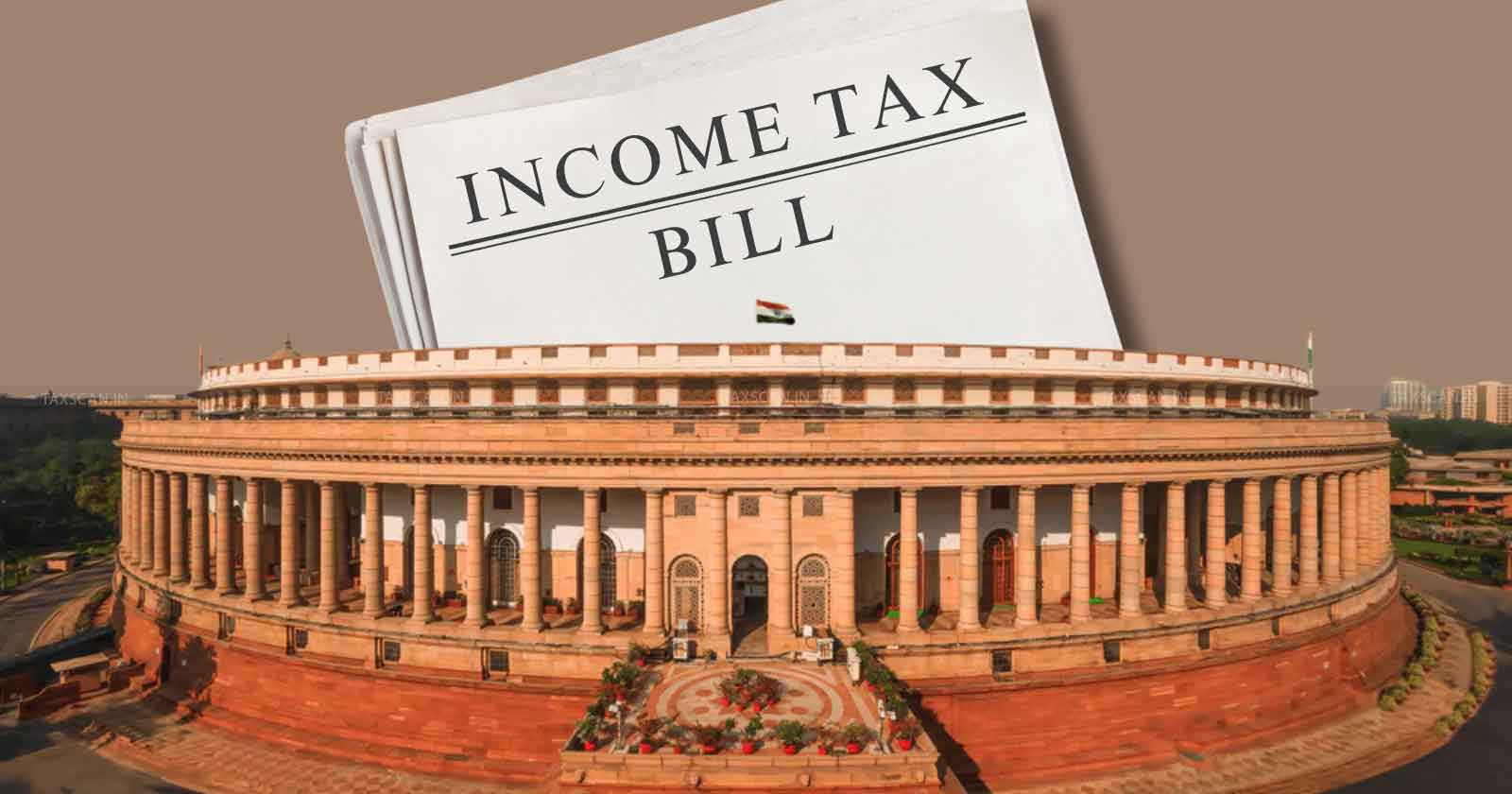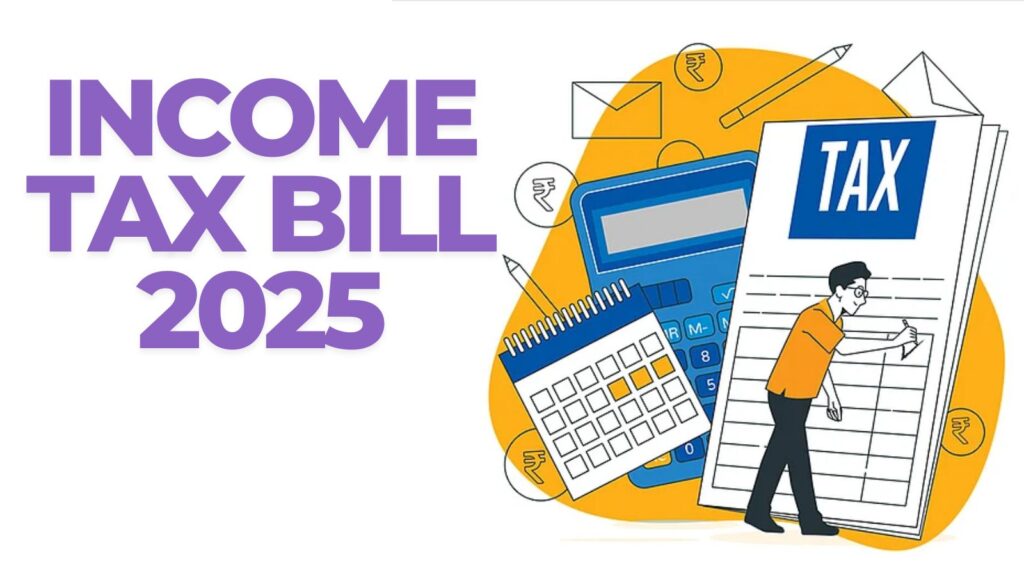A major revamp of India’s income tax framework is on the horizon as the government prepares to table the much-anticipated Income Tax Bill, 2025, in Parliament on August 11. Union Finance Minister Nirmala Sitharaman will present the Bill, which is designed to replace the Income Tax Act of 1961. The proposal marks a significant moment for taxpayers, businesses, and the country’s financial ecosystem.

The goal of this new legislation is not to make sweeping changes to tax rates or introduce major policy overhauls. Instead, the focus is on simplifying the language, structure, and usability of the current tax code, which many experts and taxpayers have long found too complex. The Bill was first introduced earlier this year, on February 13, during the Budget session.
The Ministry of Finance has emphasized that the new Bill follows three core guiding principles. First, the language and structure of the tax laws are being overhauled to make them clearer and easier to understand. Second, no major changes are being made to the tax policies themselves, ensuring continuity and predictability. Third, tax rates will remain unchanged, helping individuals and businesses plan their finances without disruption.
To make the Bill truly inclusive and practical, the government invited suggestions from a broad spectrum of stakeholders. Over twenty thousand comments and inputs were received online from taxpayers, business owners, tax professionals, and industry bodies. Many of these suggestions have been studied and incorporated into the final draft. The government also took cues from global best practices, studying simplified tax models in countries like Australia and the United Kingdom.
One of the most noticeable changes is in the structure of the Bill. The number of chapters has been reduced from forty-seven in the old Act to just twenty-three in the new version. This streamlining alone makes the law easier to navigate. Similarly, the total word count has been reduced by nearly half, from over five lakh words to around two and a half lakh.

The number of sections has also come down from eight hundred nineteen to five hundred thirty-six. But the revised Bill also includes more useful tools. The number of tables has been increased from eighteen to fifty-seven, and formulae have been expanded from six to forty-six. These tools are expected to help taxpayers calculate their dues more easily and make the law more accessible, even for those without a legal background.
In terms of legal content, the Bill removes outdated and redundant clauses that had accumulated over the decades. Many of these had become irrelevant or confusing due to repeated amendments. By consolidating them and using simplified, modern language, the government hopes to make the law both user-friendly and less intimidating.
Importantly, while these changes bring clarity, they do not affect existing taxation principles. The current tax slabs, deductions, and exemptions will remain unchanged under the new framework. This approach ensures that taxpayers do not face any sudden or unexpected financial burden due to legislative changes.
For businesses, the new Bill is seen as a step toward improving ease of doing business in India. A clearer, less fragmented tax structure means companies will be better able to comply with the law and plan their taxes more efficiently. This, in turn, could improve investor sentiment and reduce litigation.
The new Income Tax Bill, 2025, is expected to bring long-term benefits by reducing ambiguity, making the law more inclusive, and aligning it with global standards. However, the true test will lie in how effectively it is implemented and whether it truly helps taxpayers navigate the system more smoothly.
To stay updated on what this Bill means for your taxes and how to prepare for the changes, follow You Finance on Instagram and Facebook.















